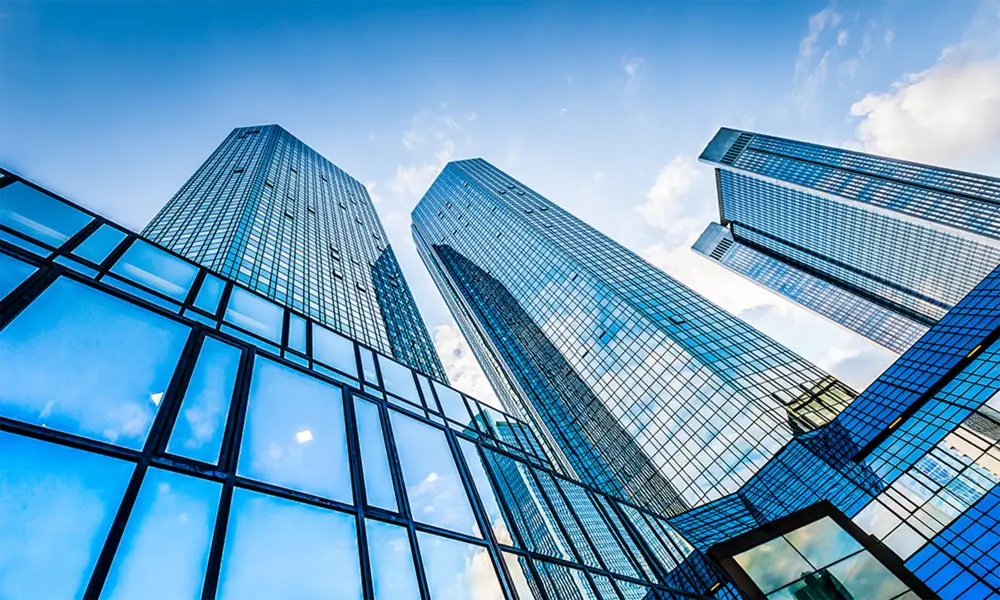

The Advantages of Low-E 340 Glass in Modern Architecture
In the realm of modern architecture and construction, the choice of materials plays a pivotal role in ensuring energy efficiency, sustainability, and comfort. Among the innovative materials that have emerged, Low-E 340 glass stands out for its unique properties and benefits. This article delves into what Low-E 340 glass is, its advantages, applications, and its role in creating energy-efficient buildings.
Understanding Low-E 340 Glass
Low-E stands for low emissivity, a term used to describe a type of glass that has been treated to reflect infrared energy while allowing visible light to pass through. The “340” in Low-E 340 refers to the specific wavelength of infrared light that the glass is designed to manage. This type of glass features a thin, transparent coating that effectively reduces heat transfer. Consequently, it plays a significant role in enhancing energy efficiency and comfort within buildings.
Energy Efficiency
One of the most significant benefits of Low-E 340 glass is its contribution to energy efficiency. Traditional glass allows a substantial amount of heat to enter a building during the summer and escape during the winter. In contrast, Low-E 340 glass reflects unwanted solar heat, keeping interiors cooler in hot weather, and retains warmth during colder months. This capability reduces the reliance on heating and cooling systems, leading to lower energy consumption and reduced utility bills over time.
UV Protection
In addition to its thermal performance, Low-E 340 glass also offers notable UV protection. The coatings applied to the glass can block up to 99% of harmful ultraviolet (UV) rays. UV rays are known for causing fading in furnishings, artwork, and other interior elements. By minimizing UV exposure, Low-E 340 glass helps to preserve the integrity and appearance of interior spaces, leading to reduced replacement costs and lower maintenance.

Comfort and Aesthetics
The benefits of Low-E 340 glass extend beyond mere energy efficiency. It enhances indoor comfort by maintaining consistent temperatures. This uniformity eliminates hot and cold spots within premises, contributing to an overall pleasant atmosphere. Furthermore, Low-E glass allows natural light to fill indoor spaces without compromising the quality of the environment. This combination of light and comfort makes Low-E 340 glass an attractive choice for both residential and commercial buildings.
Environmental Impact
In today’s world, where sustainability is a growing concern, the environmental impacts of building materials cannot be overlooked. Using Low-E 340 glass can help minimize a building’s carbon footprint. By reducing energy consumption, building owners can lower greenhouse gas emissions associated with heating and cooling processes. Moreover, the longevity of Low-E glass contributes to sustainable building practices, as fewer replacements and repairs mean less waste entering landfills.
Applications and Trends
Low-E 340 glass is versatile and can be employed in various applications, including residential windows, commercial facades, skylights, and more. As the demand for energy-efficient buildings continues to rise, the use of Low-E glass is becoming a standard practice in new constructions and renovations. Architects and builders are increasingly recognizing its importance in meeting building codes and standards aimed at reducing energy consumption.
Conclusion
In conclusion, Low-E 340 glass represents a significant advancement in building technology, offering numerous benefits that align with contemporary demands for energy efficiency, comfort, and sustainability. Whether in residential settings or commercial enterprises, its application contributes to creating environments that are not only aesthetically pleasing but also energy-conscious. As we continue to advance toward greener alternatives in construction, Low-E 340 glass will undoubtedly play a crucial role in shaping the future of architecture.